Türkiye is known for its sigara (cigarette) smoking culture. And while many events have shaped this practice, there is an intriguing tobacco history that dates back to the Ottoman Empire.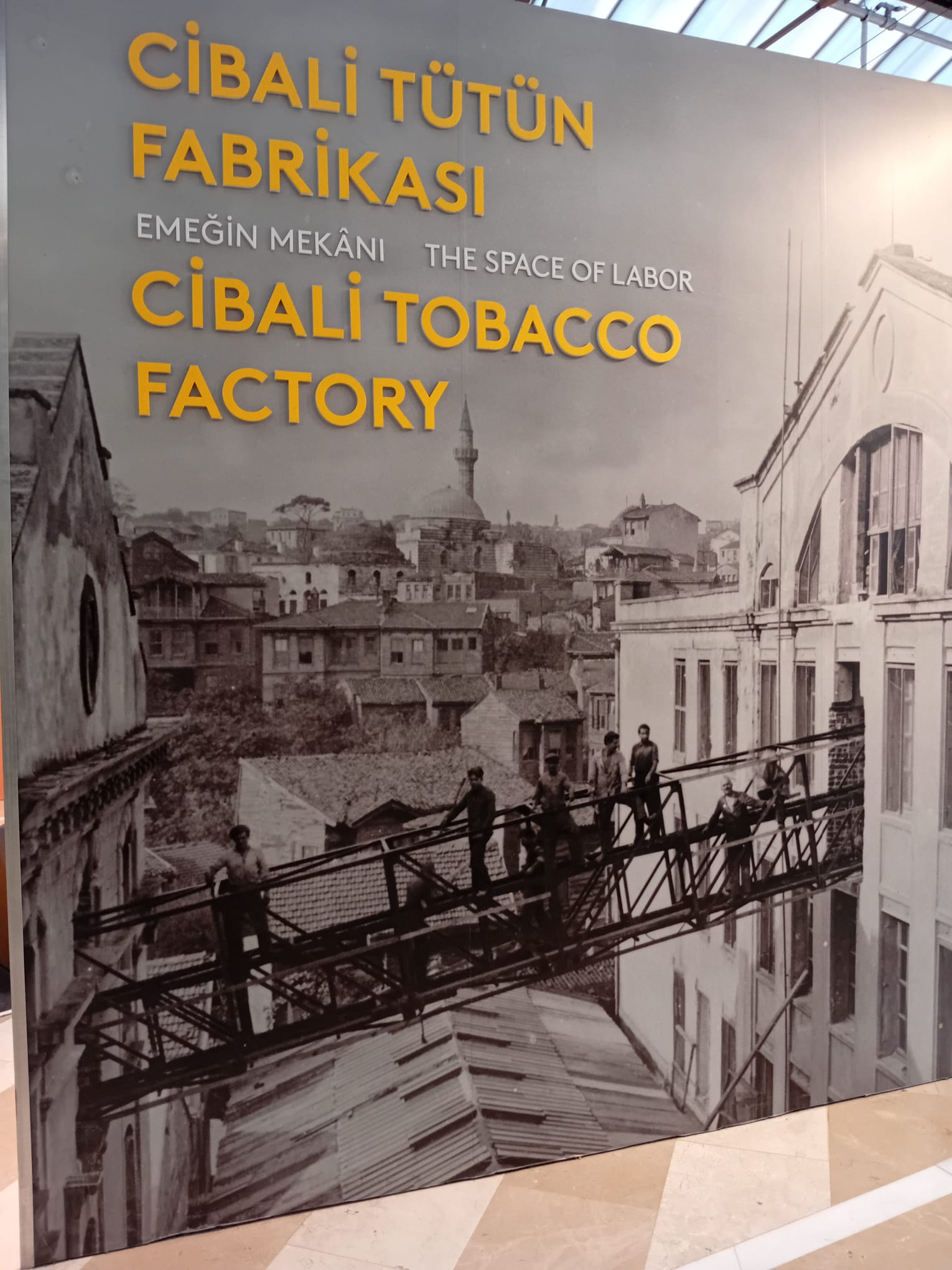
Cibali, a neighborhood in Istanbul, holds the history of a famous tobacco factory. What was once a center of labor and premium tobacco manufacturing is now a hub of learning for both locals and international students. This historic district is located along the Golden Horn within the Fatih district.
The Cibali Tobacco Factory was founded in 1884 during the late Ottoman period. It employed thousands of workers, many of whom were women (which was unusual at the time), making it one of the largest industrial employers in Istanbul. Many workers lived in the factory with their families, and children were born and raised within its walls.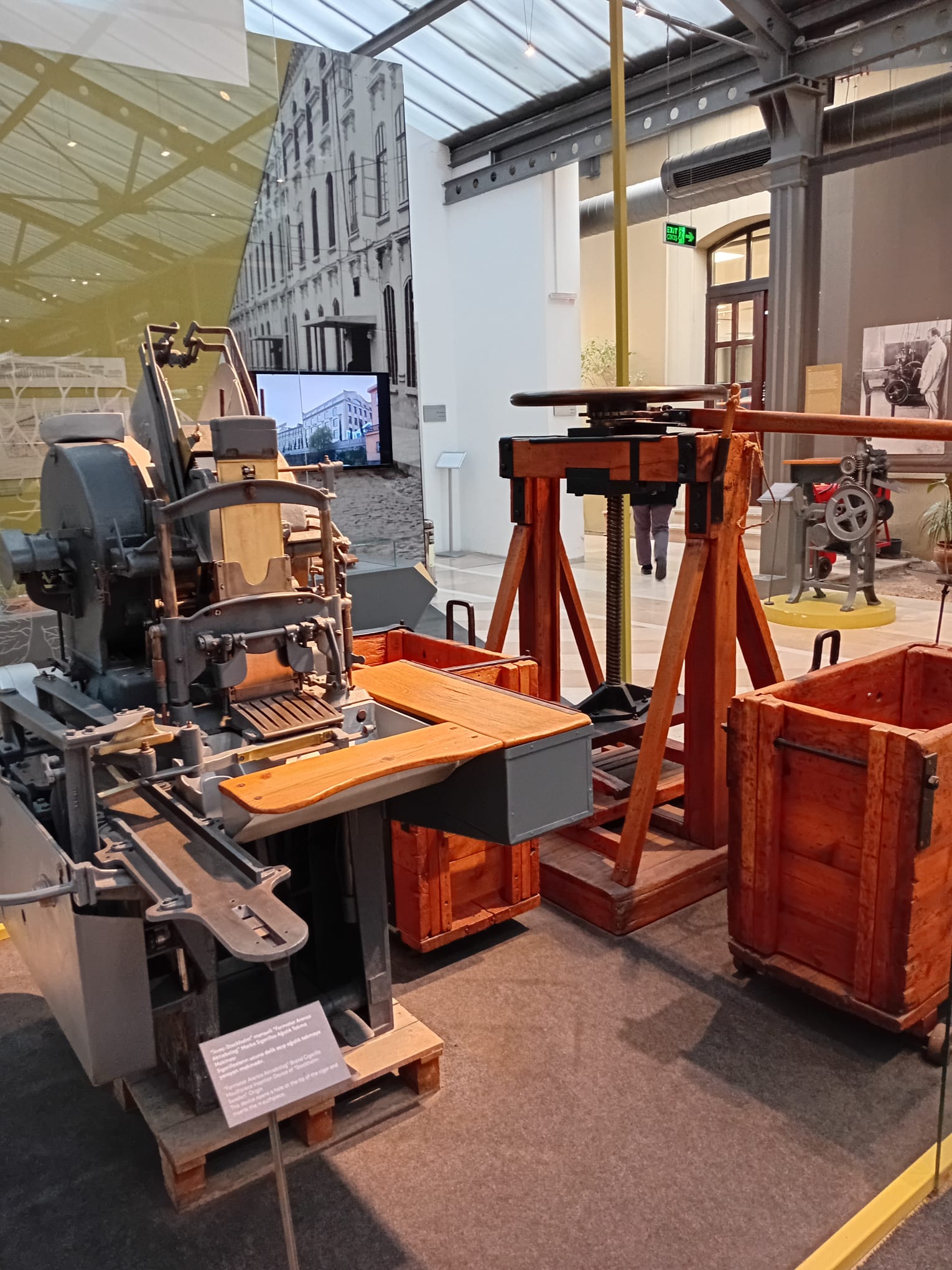
The factory was part of the Ottoman—and later Turkish Republic’s—tobacco monopoly, producing cigarettes and processed tobacco for both domestic and international markets. Domestically, it distributed cigarettes to Istanbul, Izmir, Thessaloniki, Damascus, and Cairo. Internationally, its tobacco reached Europe, the Balkans, North Africa, and the Middle East, with high demand in countries like France, Italy, Egypt, and Greece.
Cibali was known for producing Turkish-style cigarettes, famous for their rich, aromatic flavor, primarily made from Oriental tobacco. One of the most well-known brands produced there was Tekel. The factory initially relied on hand-rolled cigarettes, and as modernization progressed, it transitioned to machine-made production. Much of the hand rolling was done by the factory’s women workers.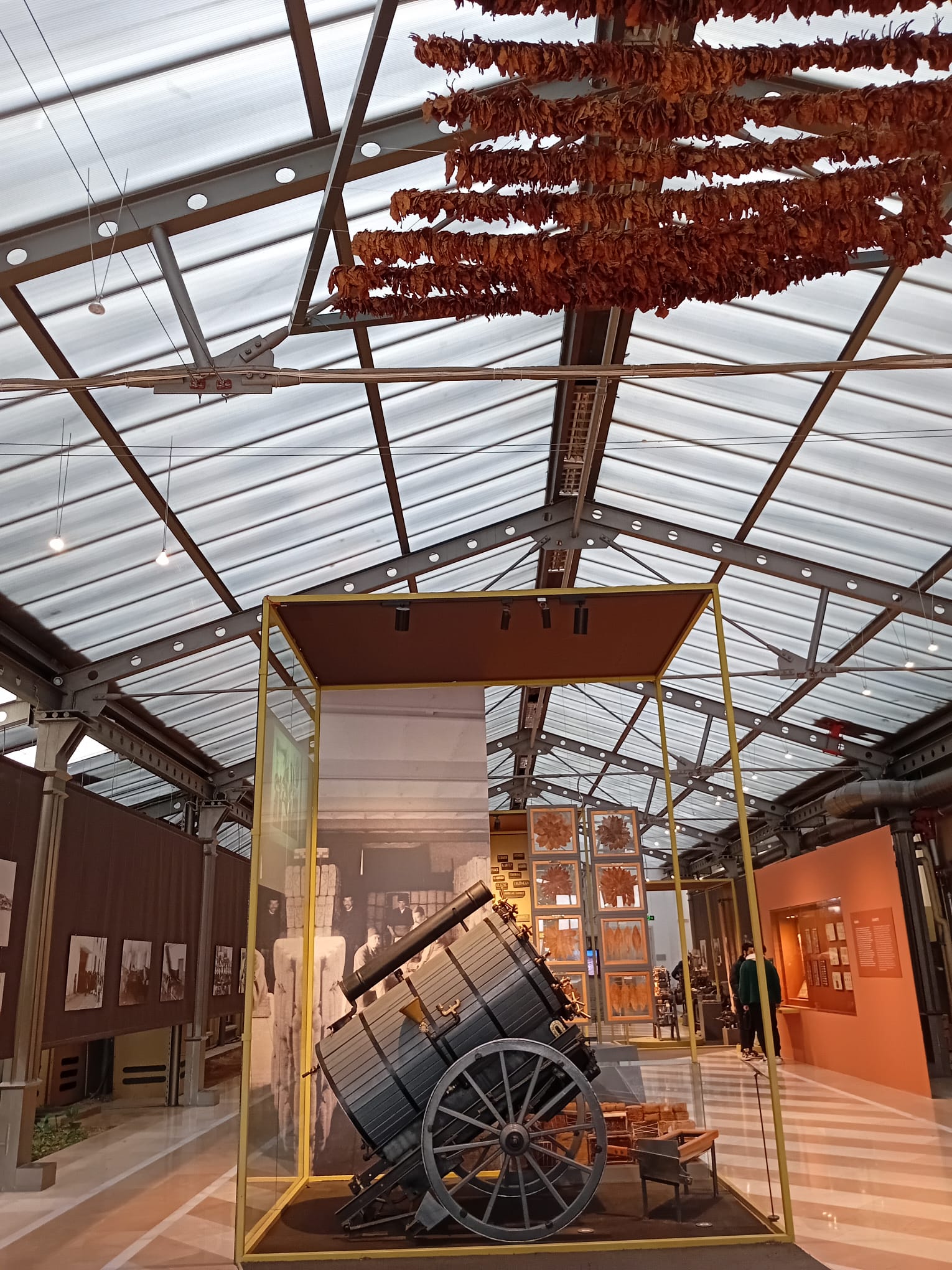
Work life was physically demanding, with many workers suffering from respiratory and other health issues. In response, protests broke out demanding better wages and working conditions. Women, in particular—many of whom were young, unmarried, or widowed—were paid less than men. Feminists and activists spoke out about their struggles, campaigning for workplace rights. Despite the harsh conditions, the factory workers formed strong bonds, singing work songs and sharing meals during breaks. They gave each other nicknames, and many spent their entire lives working there, with some families having multiple generations employed in the factory.
Workers organized weddings, circumcision ceremonies, and religious celebrations that often included the entire neighborhood. Musicians and folk dancers performed during special occasions. Despite coming from diverse backgrounds, the workers lived in harmony. The area was surrounded by churches, mosques, and synagogues, reflecting the community’s diversity. After work, many gathered in nearby cafés and shops to play games, eat, and discuss labor struggles. The scent of tobacco became part of the district’s identity as dust from the factory filled the air.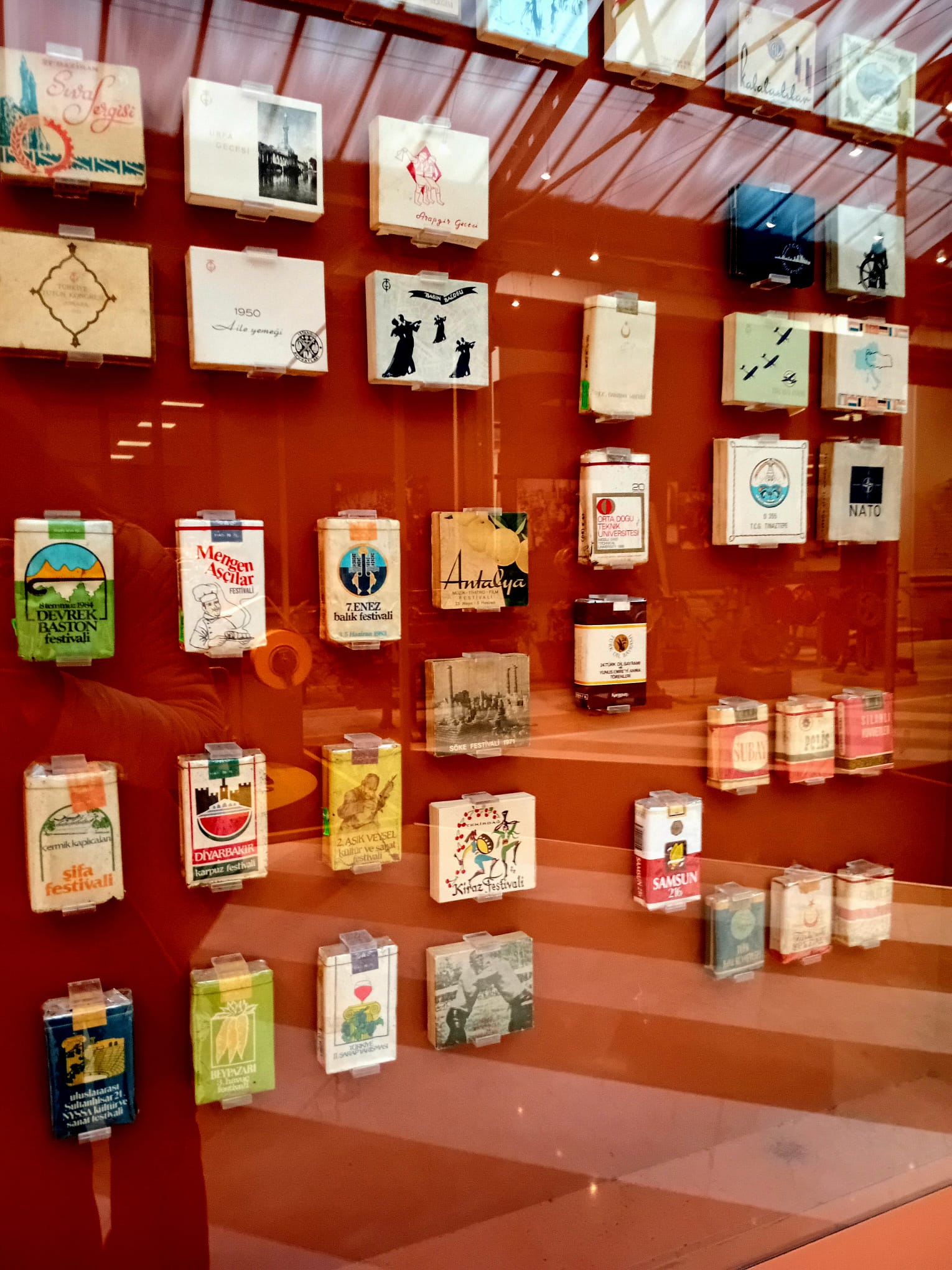
After more than a century of tobacco production, the factory was forced to close due to a combination of factors, including global competition, the decline of the Ottoman monopoly, the rise of foreign imports, and outdated machinery. In 1995, production ceased.
Following its closure, the factory underwent extensive renovations between 1997 and 2002 before reopening as Kadir Has University. While the space was adapted for academic use, much of the factory’s industrial architecture was preserved, freezing history in modernity. The university’s founder, Kadir Has, envisioned a modern, research-oriented institution that combined Türkiye’s rich cultural heritage with advanced education.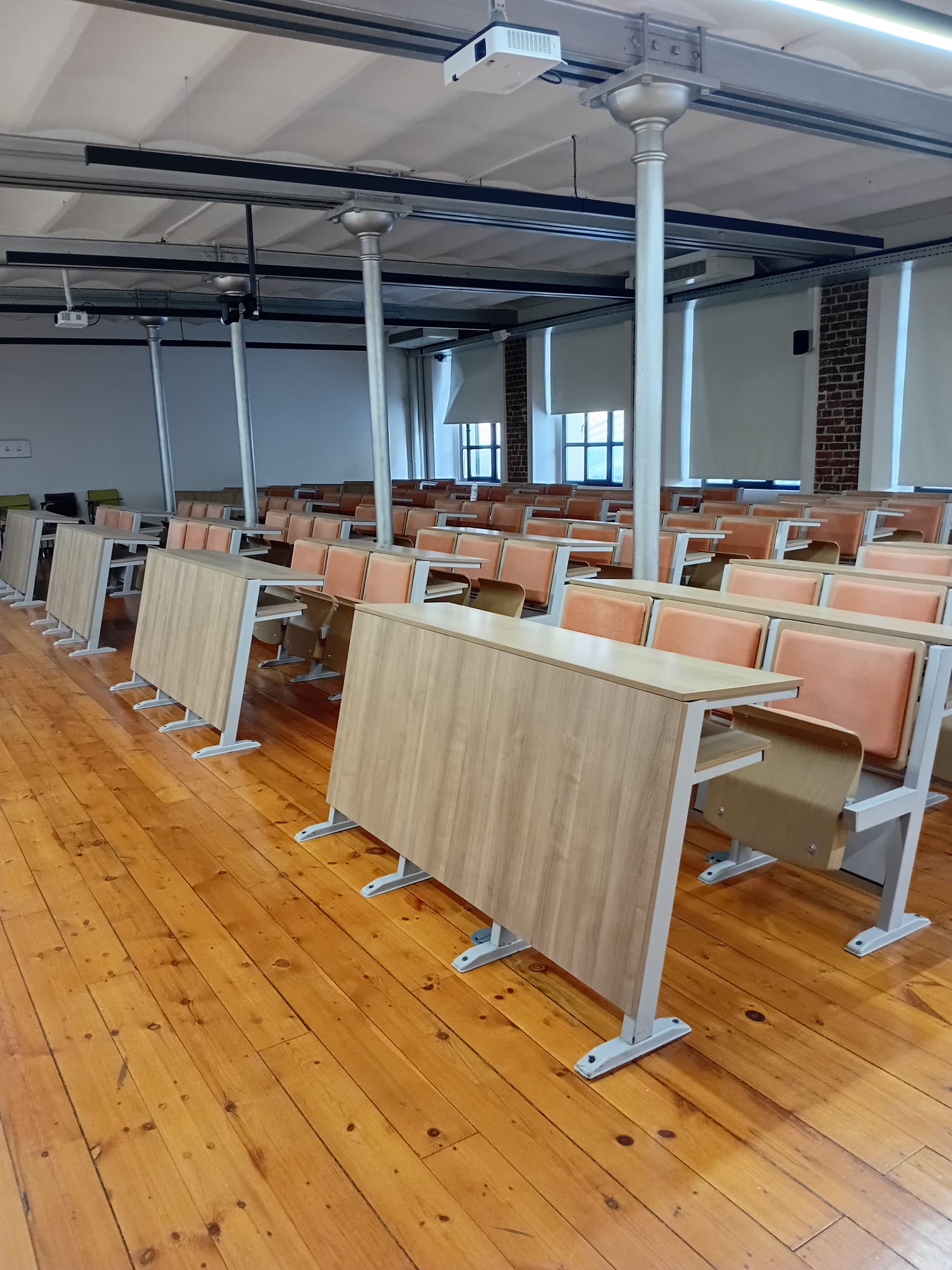
Today, Kadir Has University hosts a museum that showcases artifacts from the tobacco factory. Visitors can see cigarette pack designs, dried tobacco leaves, stamps, and original machinery, offering a glimpse into the factory’s past. The university also retains sleeping areas and shower rooms from the factory era, when workers lived on-site. Just as the factory once employed people from diverse backgrounds, the university now enrolls students from all over the world, creating a similarly multicultural community.
If you ever find yourself in Cibali, a visit to the university is well worth your time. You can explore the museum, admire the preserved architecture, and step back into a fascinating piece of Istanbul’s history.









